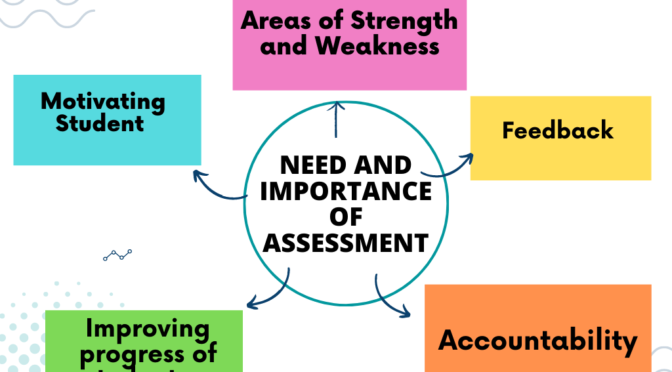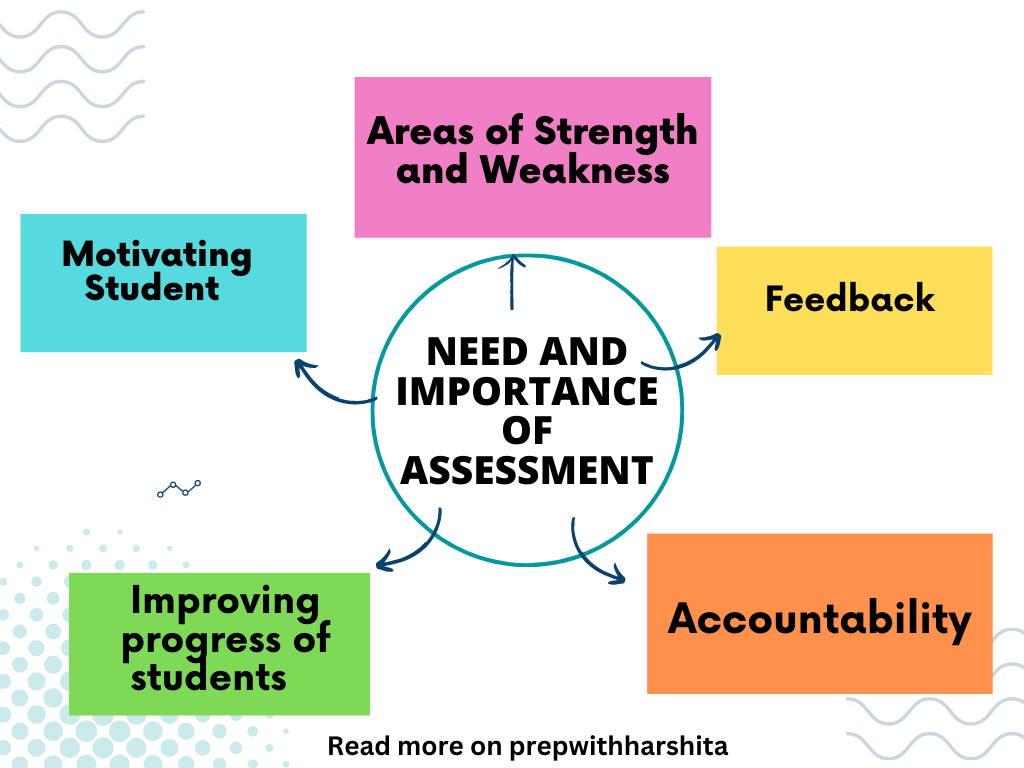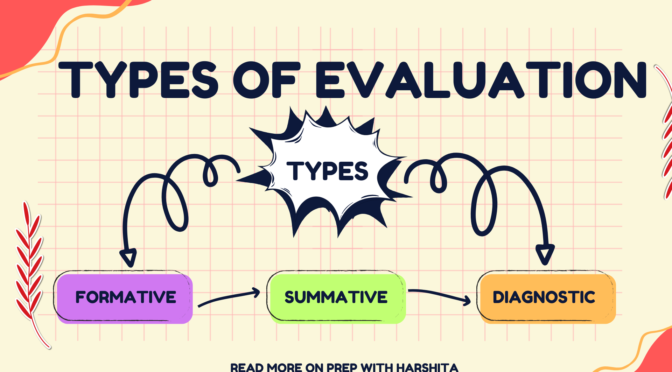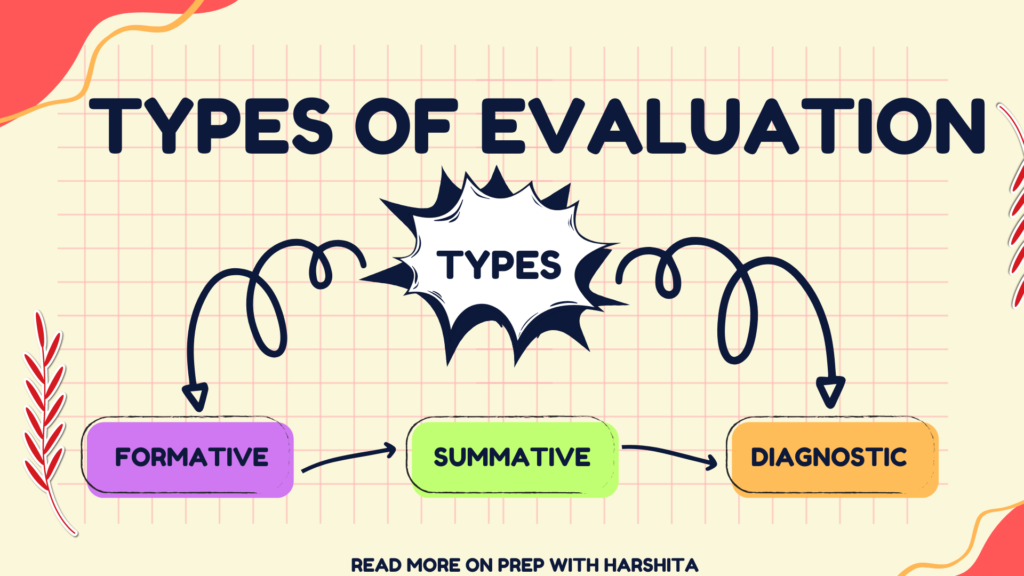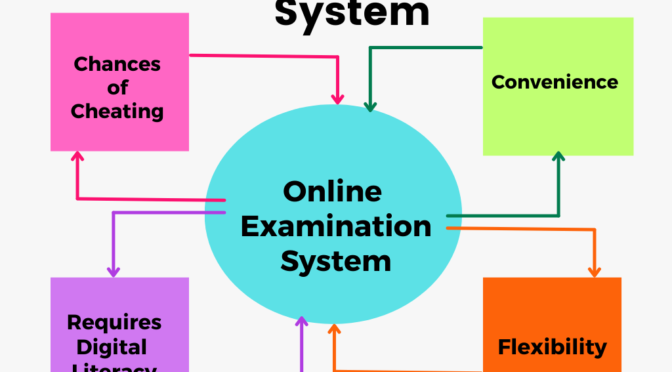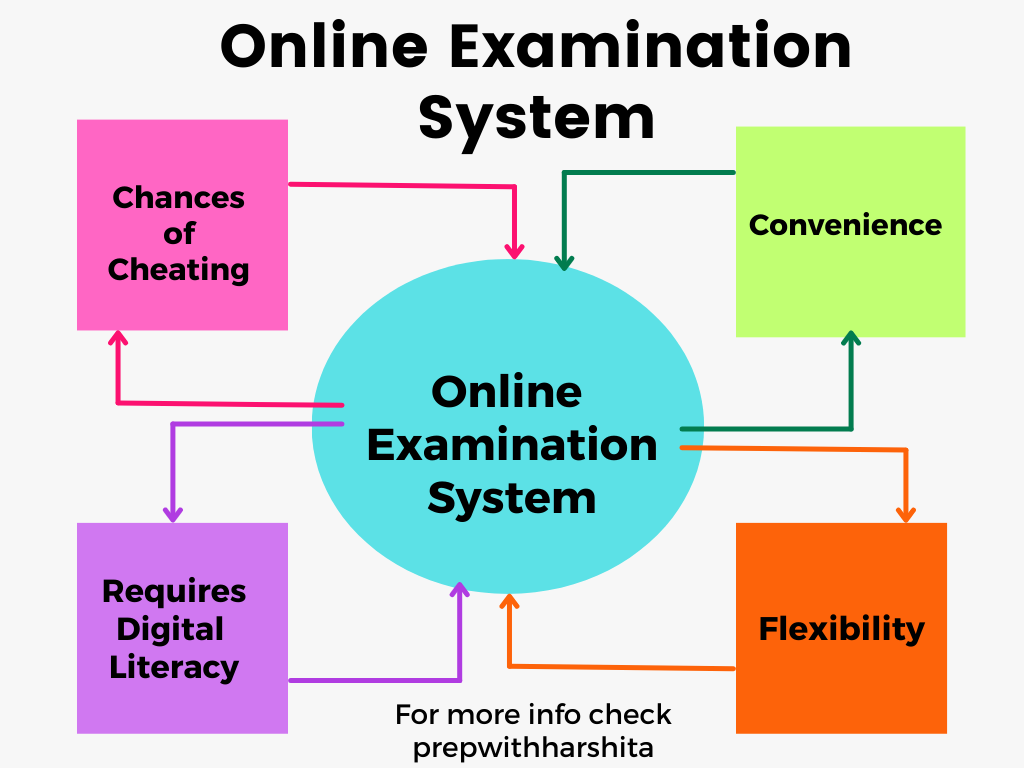Assessment as learning is a type of formative assessment that focuses on engaging students in the assessment process to help them develop their metacognitive skills and become self-directed learners. In assessment as learning, students take an active role in evaluating their own learning progress and reflecting on their understanding of the subject matter.
Features of Assessment as Learning :
- Student-centered: Assessment as learning is a student-centered approach to assessment. It involves students in the process of assessing their own learning progress and understanding of the subject matter.
- Formative: Assessment as learning is a formative assessment approach. This means that it provides ongoing feedback to students to help them improve their understanding of the subject matter. The feedback is designed to guide students towards deeper learning and help them identify areas where they need to focus their attention.
- Self-assessment: Assessment as learning involves self-assessment by students. Self-assessment helps students to reflect on their learning progress, identify areas where they need to improve, and take responsibility for their own learning.
- Feedback: Assessment as learning emphasizes the importance of feedback. The feedback provided to students should be timely, specific, and focused on helping them improve their understanding of the subject matter. Feedback can be provided by teachers, peers, or even the students themselves.
- Metacognitive skills: Assessment as learning focuses on developing students’ metacognitive skills. Metacognition refers to the ability to think about one’s own thinking. It involves planning, monitoring, and evaluating one’s own learning. Assessment as learning helps students to develop these skills and become more self-directed learners.
- Rubrics: Assessment as learning often uses rubrics. A rubric is a set of criteria for evaluating student performance. Rubrics provide clear guidelines for what is expected of students and help them to understand how they will be evaluated.
- Collaboration: Assessment as learning promotes collaboration among students. Students work together to evaluate each other’s learning progress, provide feedback, and support each other’s learning.
Overall, assessment as learning is an effective approach to assessment that helps students to become more self-directed learners. By involving students in the assessment process and focusing on developing their metacognitive skills, assessment as learning helps students to take responsibility for their own learning, deepen their understanding of the subject matter, and become more effective learners.
Also Visit : Prep with Harshita





